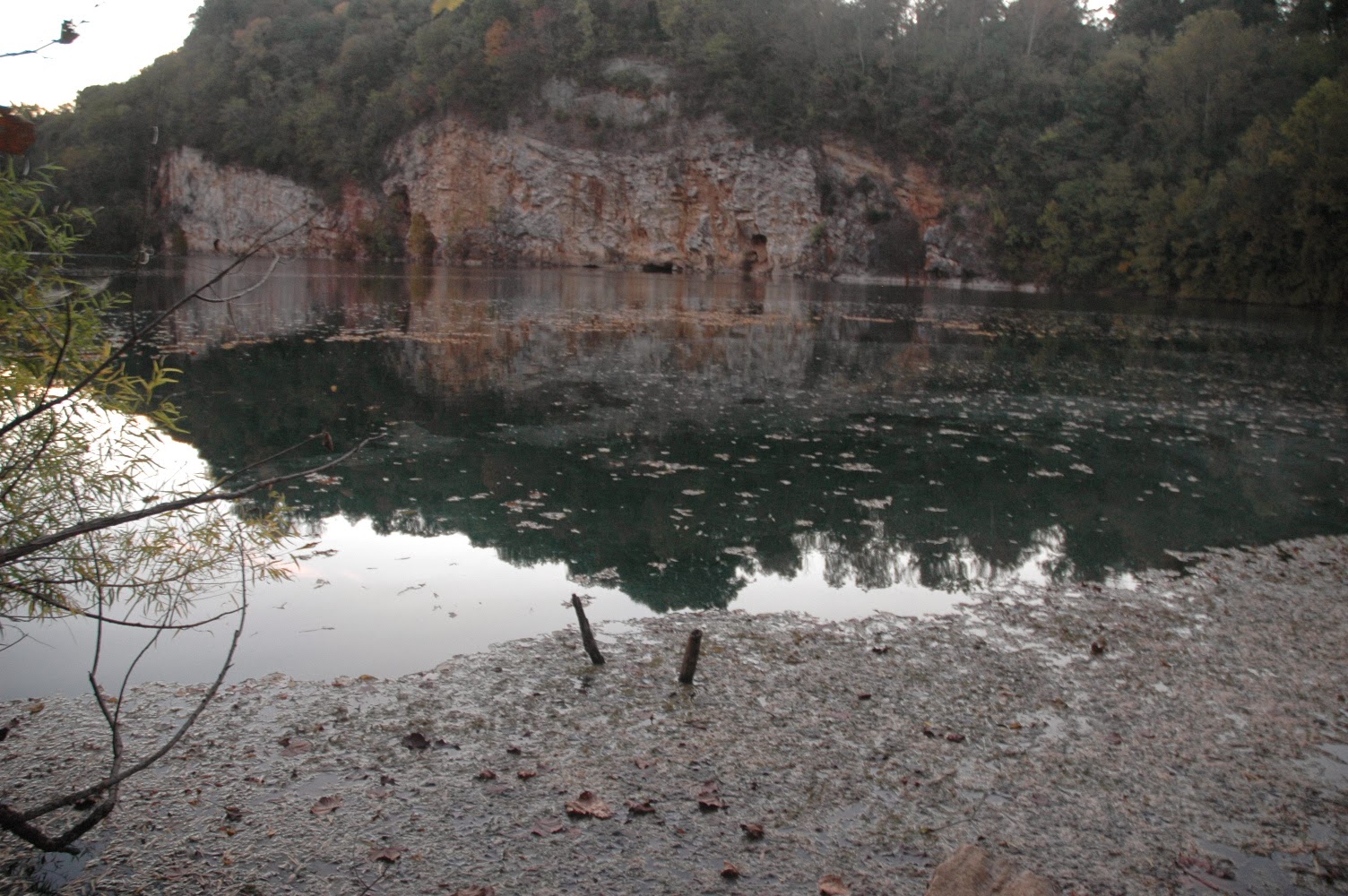Week 1: I was able to observe many new organisms that I did not see my first week when I initially set up my micro aquarium. There were multiple protozoa and a diatom that I was able to identify due to Professor McFarland's help. I spent a good amount of time trying to identify and watch each organism under the microscope and understand how each one moved about and participated within the micro aquarium. There were a few organisms that I observed but have yet to be identified as they were moving too quickly within the micro aquarium for me to be able to take a picture of them. But from the ones I did observe and identify each organism had very unique traits from one another including how they moved about in the aquarium, which is further described under each figure.
Image 2. Identified protozoa is Euplotes sp. as shown in Free-living Freshwater Protozoa: A Color Guide by D.J Patterson, pg. 124, Figure 260. Also saw multiple of these organisms throughout my micro aquarium and learned that there use their central cirri for movement. The central cirri I learned in Patterson's book are the little white legs that you can see in image 2 and when I observed this organism I was the most intrigued by their legs and how they moved around with as it was quite the sight to see.
Image 3. Identified diatom is Nitzschia Paradoxa as shown in Diatoms of North America by William C. Vinyard on pg. 178 ,Figure 141. I observed the Nitzschia Paradoxa for a while as this was the only one I saw and I waited to watch as its parts dissembled and the Nitzchia Paradoxa went from being a mass to a thin line as it pulled apart. The Nitzschia Paradoxa at first did not move a lot until it started to change shapes and dissemble and that is when I saw a lot of spastic movement from this diatom.
Bibliography
Patterson, D.J. 2013. Free-Living Freshwater Protozoa: A Colour Guide. 5th impression. London (UK): Manson Publishing Ltd.
Vinyard, William C. Diatoms of North America. Eureka, CA: Mad River Press Inc.



